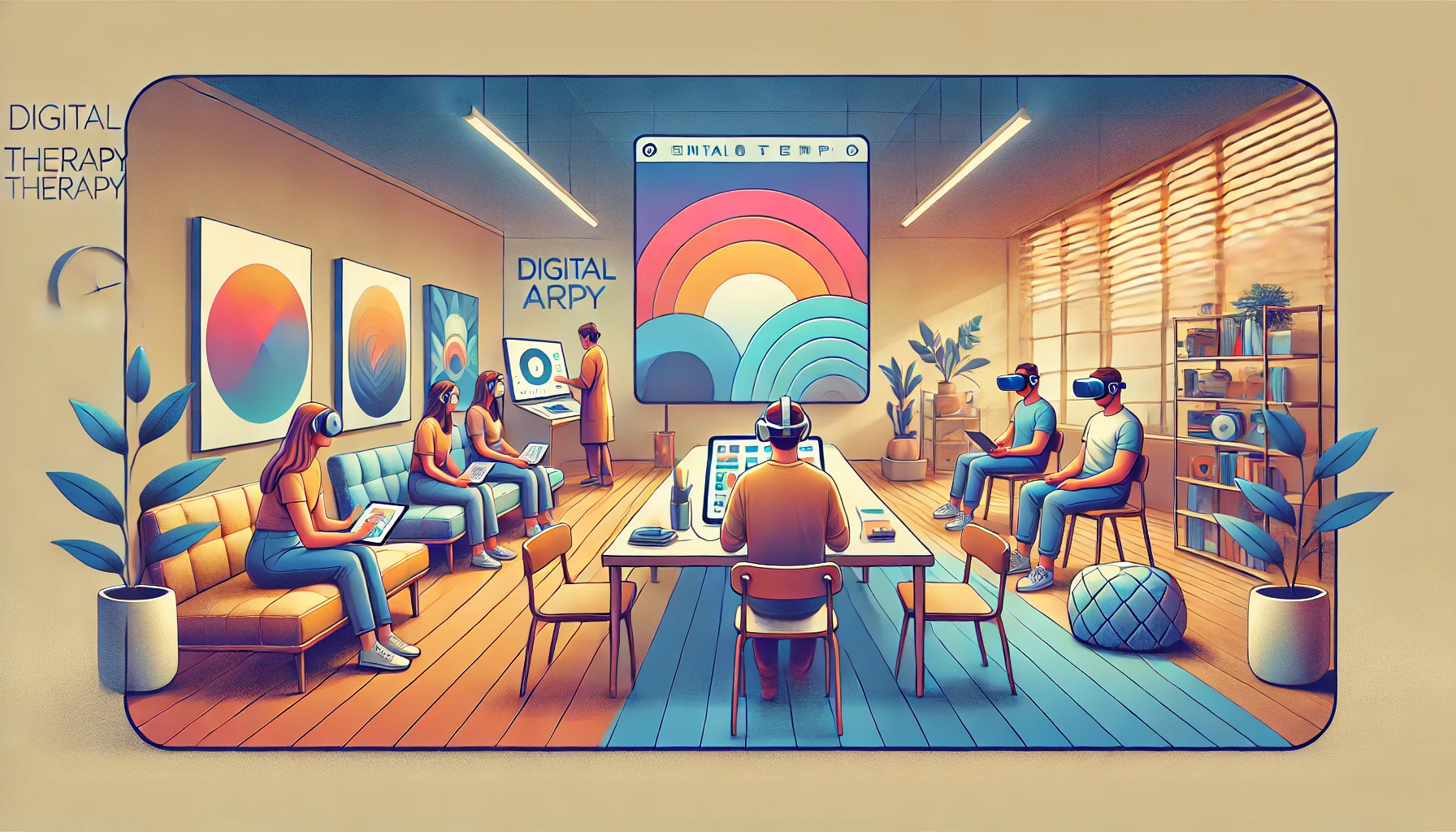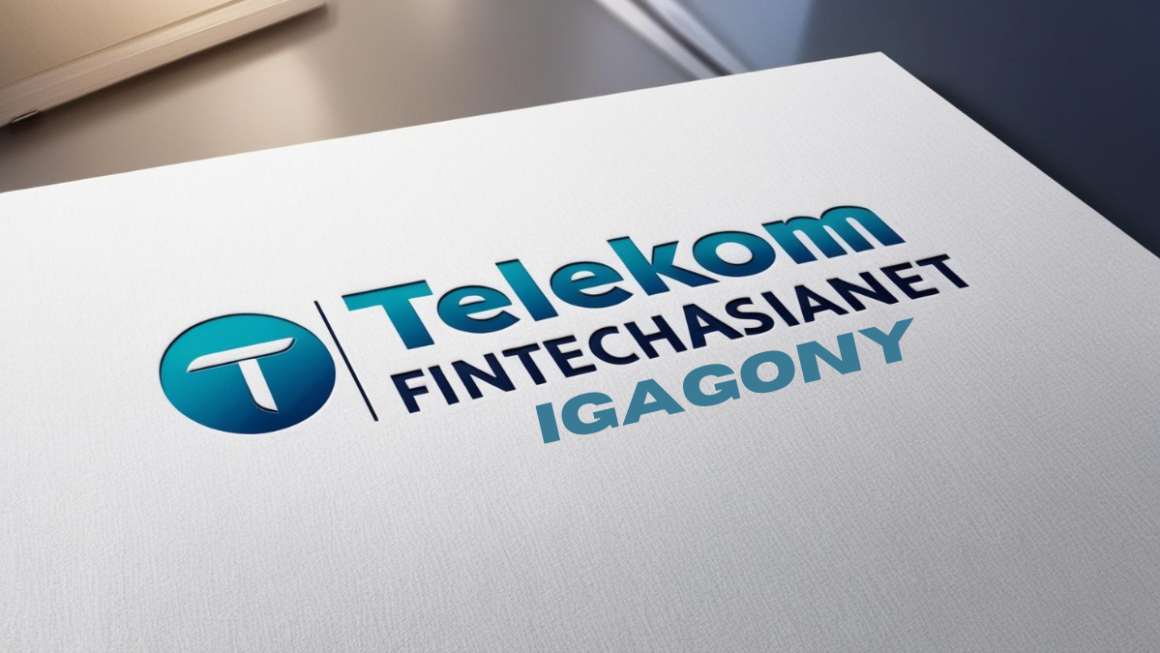The intrusion of technology has brought about immense changes in almost every aspect of human life, and one such very exciting development involves its incorporation into mental health care. The most innovative of these tools emerging in the field is artificial intelligence, particularly through digital art platforms that are beginning to facilitate this new form of self-expression in art therapy. Such novelties make it easier for individuals to approach their mental health issues in new ways and provide a safe space in which to process and express their emotions through art.
The Power of Art Therapy in Mental Health
Art has long been a methodical avenue in helping a person work out difficult emotions by the power of visual aids, to finally articulate these emotions where words have just simply stopped working. Dr. Emily Thompson is a psychologist specializing in emotional wellness. As she points out, “Art gives one the ability to pass on the defenses of language and to simply speak to levels of emotion. It lets them communicate what is bothering them with no fear of misunderstanding on a safe and nonjudgmental platform.”
Traditional art therapy requires not only physical tools but also a degree of artistic know-how-a kind of barrier for many. This is where AI-driven art tools begin to offer game-changing potential. Tech democratizes the creation of art and, thus, is democratizing art therapy at the same, or any, skill level.
The Role of AI in Art Therapy
AI-powered art tools will change the face of art therapy. Users can input in words or phrases that describe their emotions, and this AI tool will create a unique visual expression from it. For example, if someone is feeling anxious, he may use words like “chaos” or “tightness in the chest,” and the AI immediately creates an image corresponding to such an abstract feeling, making the emotions tangible in some form of art.
According to Dr. Michael Reynolds, a therapist who uses digital tools in his practice, “AI gives a new dimension to art therapy. The creation of technology frees the patients to focus on the emotional expression without the distraction of the execution of the artwork, which often may be a big issue for those people who are anxious about their abilities.”
Why Technology-Driven Art Therapy Works
Anonymity and Comfort
A big plus with AI-driven art tools is the removal of pressure for “perfect” art. Many people are put off from traditional art therapy because they have a fear of judgment, or they may feel quite inadequate due to their perceived lack of artistic talent. The AI art tools offer a safe and anonymous place where people can express themselves without thinking about the finished product. As Olivia Martinez, a self-taught artist who has used AI tools to process her emotions, puts it more succinctly: “It’s not about how the art looks – it’s about how it makes you feel. The AI helps you translate your feelings into something visual.”
Accessibility for All
Traditional art therapy often requires access to physical art materials or a trained therapist, neither of which is necessarily accessible to all. AI art tools break down these barriers by being web-accessible. Be it from home, on the go, or in a quiet park, people can express themselves whenever the need arises. As someone who has suffered from anxiety, Sarah says, “Using an AI art tool on my phone finally let me process and release my emotions on my own terms — something that I hadn’t been able to accomplish before.”
Facilitating Emotional Insight
AI-generated art can say a lot about a person’s inner state. Sometimes, seeing one’s feelings visualized may bring clarity to what one may not have been able to put into words. Dr. Reynolds explains: “When clients create art using AI, they sometimes recognize emotions they hadn’t previously acknowledged. The process of seeing their inner world transformed into an image can offer new perspectives and deepen their emotional understanding.
Non-Verbal Expression
Those with trauma or emotional baggage may find it too difficult to put feelings into words. Support of non-verbal means of expression is constituted in AI art-making tools. “AI-generated art can allow a person to express themselves when words can’t,” says Dr. Thompson. “Such images can also serve as a bridge between the client and therapist in discussions about emotions too hard to talk about with words.”.
Testimonies of Those Who Have Tried Technology-Enhanced Art Therapy
The effect of AI-powered art tools is anything but theoretical as many have testified to real benefits. According to Michael, a therapist who uses these tools with his clients, “I have witnessed firsthand how powerful AI-generated pieces can be in eliciting the emotions of clients. The imagery often opens a door to deeper conversations and healing.
As Julia, a patient who has used AI-generated art to process her depression, says: “It was as if I had finally seen what I’d been feeling inside. The AI-generated images from the AI photo generator were so representative of my emotional state, which made it much easier to talk to my therapist about my depression.
For artists, AI-driven tools are also proving valuable in personal exploration. Rebecca, a mixed-media artist, says, “I’ve used AI art tools in my own practice, and it’s been eye-opening. I’m able to see my emotions in a new way, and it’s become an important part of my creative process.”
Ethical Considerations in Technology-Driven Art Therapy
While there are advantages with AI-driven art tools, ethics also play a very important role. For example, privacy and data security need to be looked after in order to maintain the privacy of users’ emotional input and generated artwork. What is more, these AI tools shall supplement but not replace traditional therapy. Dr. Reynolds adds, “AI can be a great addition to the therapeutic process, but should not replace the human connection between therapist and client, which is necessary for this technology to be used responsibly.
Future of Technology in Mental Health Therapy
The ever-evolving AI tools carry a huge potential in bringing transformation in art therapy. These technologies facilitate self-expression to make it more approachable, personalized, and very meaningful for all kinds of issues pertaining to an individual’s poor mental health. Integrating art with technology, AI does this by first allowing the feelings, which were hard to put into words, to finally come out into the open. This gives altogether new insight into the patients’ mental states.
The future of mental health therapy will be to use technology as an enabler to make people accept their emotional journeys in ways that were unimaginable in the past. As these tools evolve, we can further expect more innovative applications in the field of art therapy, thus enabling more and more people to prioritize and take responsibility for their mental well-being.

